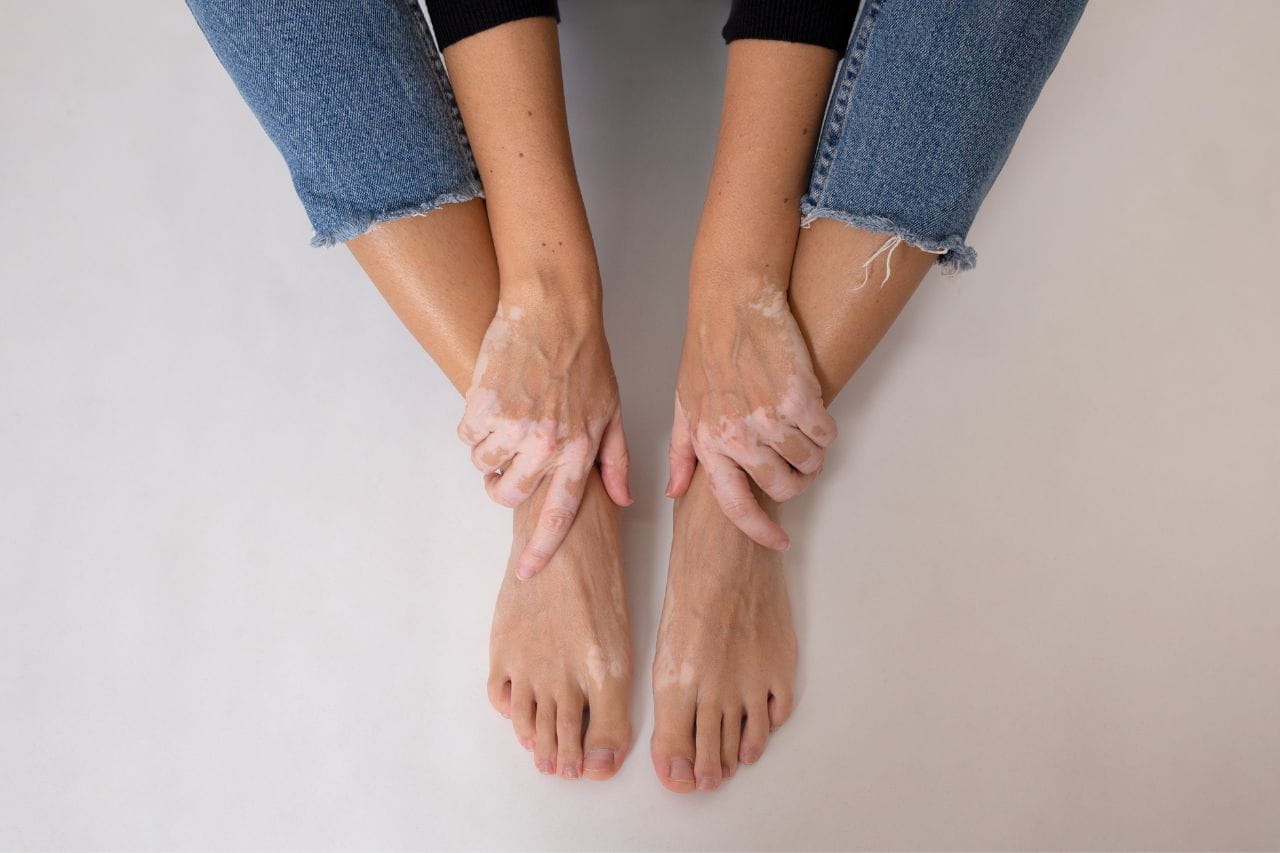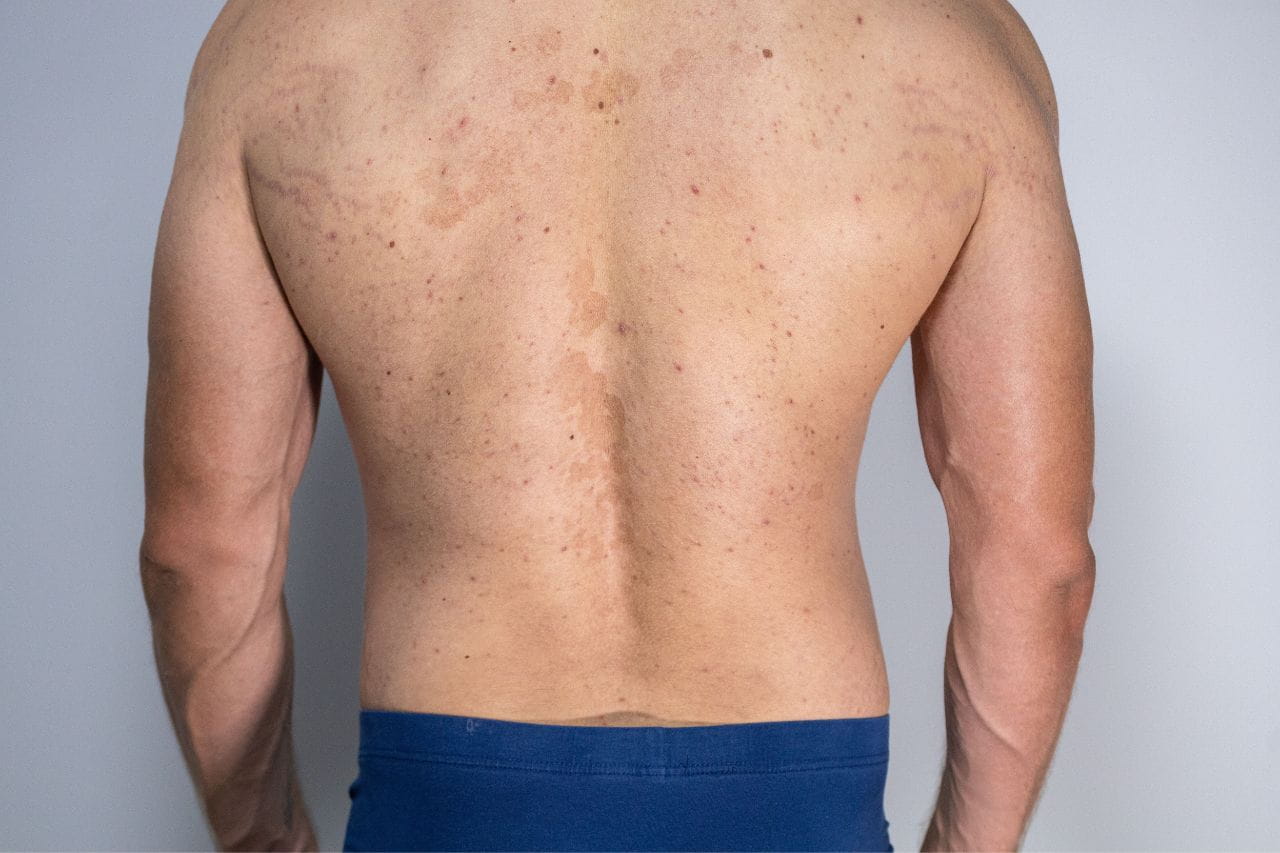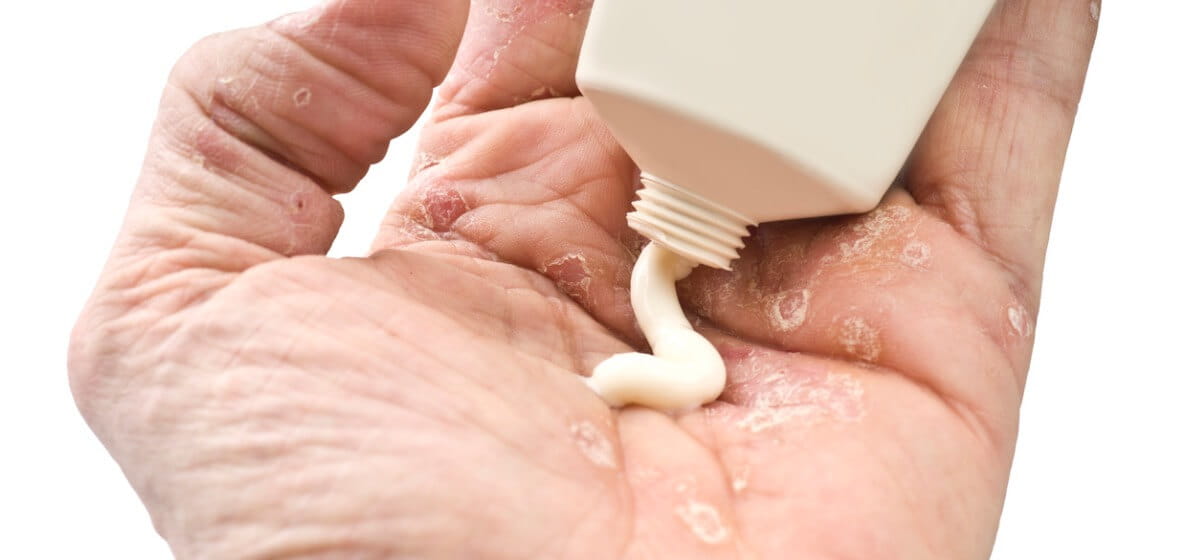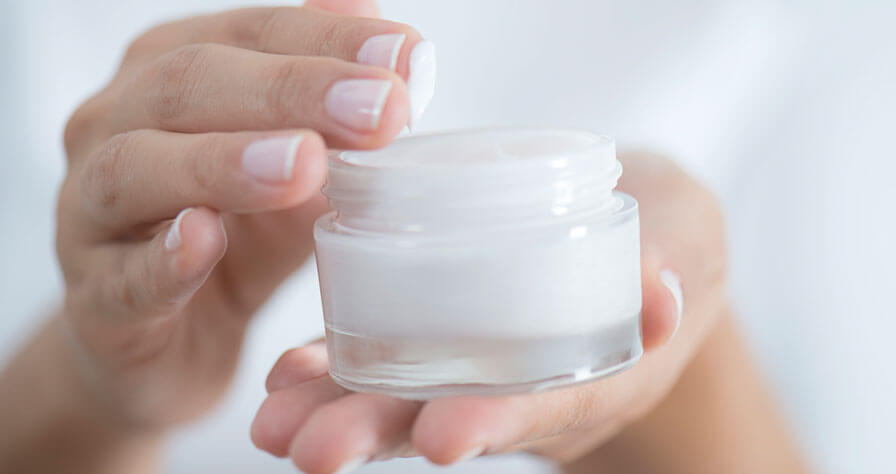Vitiligo Symptoms

Vitiligo is a disease characterized by patches of skin that lose their regular coloring and turn milky white. These patches can occur anywhere on the body and typically expand over time. The condition can also affect the hair and the inside of the mouth or nose.
The signs and symptoms of vitiligo are the changes in the color of the affected tissue. These changes can occur in various patterns or types of vitiligo, including variations that affect:
- Universal vitiligo – nearly the entire skin surface
- Generalized vitiligo – many parts of the body
- Segmental vitiligo – the skin on a particular side of the body
- Localized vitiligo – the skin in one place
- Acrofacial vitiligo – the skin on the hands and face only
The disease’s progression varies. Some people develop a few patches and no more, even without treatment. For many, the disease continues to spread until most of their skin has lost color.
In some instances, color returns to the skin spontaneously. However, there’s no cure for vitiligo.
When Does Vitiligo Start and What Causes It?
Vitiligo can occur at any age. However, it’s most commonly diagnosed in people 30 or younger.
The condition develops when melanocytes (pigment-producing cells) in an area stop producing melanin, which is the pigment that colors your skin, eyes, and hair. Researchers aren’t sure why those cells fail, but the change may be tied to the following:
- Genetics
- Immune system problems
- A triggering event like stress or a severe sunburn, contact with a chemical, or other skin damage
People with vitiligo have an increased risk of eye problems, hearing loss, and sunburn. They may also suffer from emotional and psychological issues due to stress over their appearance.
Diagnosing and Treating Vitiligo
Doctors diagnose vitiligo based on a medical history and a skin exam conducted using a special lamp. They may also order blood tests and a skin biopsy.
Treatment takes different forms depending on the location and amount of affected skin. Options include:
- Covering the affected skin with self-tanning products or makeup
- Medications that reduce skin inflammation or affect the immune system
- Light therapies that can even out skin tone and potentially slow disease progression, including treatment that combines light with a plant-based substance called psoralen
- Depigmenting the remaining skin if the pigment is gone in most areas
- Surgeries like skin grafts (including blister grafting) and cellular suspension transplants in which cells from a pigmented area are bathed in a solution and then transplanted to an affected area
If you have vitiligo, skin coverings like cosmetics are the first option doctors recommend since others can have significant side effects.
Medical research into vitiligo treatments is ongoing. This includes drugs implanted under the skin or applied as gels to help control melanocytes. There are also limited studies on alternative medicine treatments involving vitamins, Ginkgo biloba, and other substances.
How to Reduce Your Vitiligo Risk
While the cause of vitiligo is unknown, you can reduce your risk of developing it by protecting your skin from the sun, avoiding artificial ultraviolet (UV) light, and not getting tattoos.Support for Vitiligo Patients
Having vitiligo and wondering how people will react to the patches can be stressful. If you have the disease, you should stay connected with family and friends and consider joining a support group.The changing color of your skin doesn’t change who you are, and being around supportive people can help you keep that fact in mind.
Get Help with Vitiligo from Baptist Health
If you notice changes in your skin or hair color, talk with your Baptist Health primary care doctor. They can determine if you have vitiligo. If you do, they can help you monitor its progress and talk with you about treatment and support options.You don’t have to struggle with vitiligo on your own. We can help!



